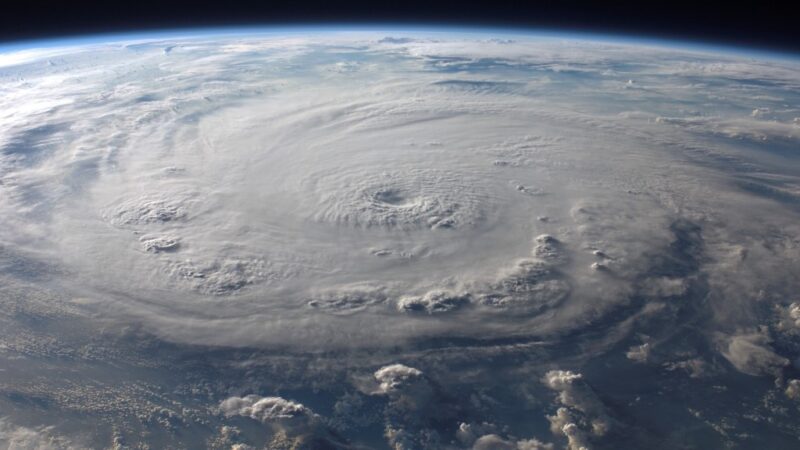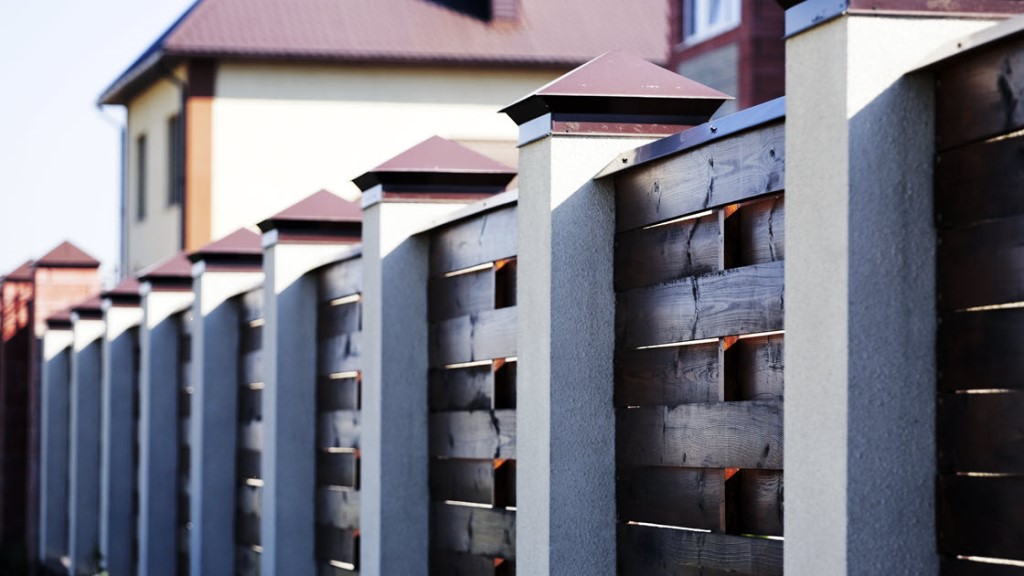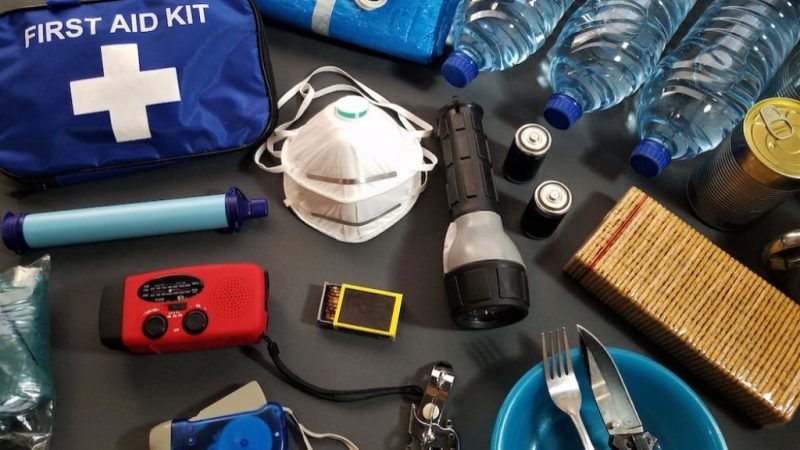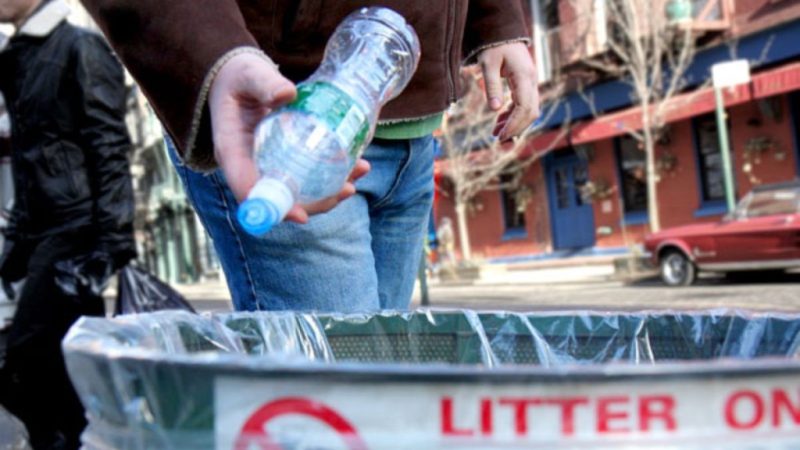They say each person uses 70 gallons of water a day. Seventy whole gallons, 98% of which goes down a drain. That includes, cooking, drinking, flushing the toilet, and showers.
During an emergency you can get by with ten gallons a day pretty good except when you wash clothes. For your survival preps you should count on two gallons of water per-person per-day as an absolute minimum.
My personal in-home stash has enough water for about 40 days for six people (about 2,800 gallons), I don’t live near a stream but I am in an area where it rains frequently so I collect rain water into large pools (literal pools).
Commercial gallon bottles of filtered/purified spring water often carry expiration dates two years after the bottling date.
A good rotation program is necessary to ensure your supply of water remains fresh and drinkable.
You can purchases cases of six one-gallon jugs, which frequently go on sale for just under 50 cents per gallon. The heavy-duty cardboard boxes stack easily and protect the jugs from rupturing.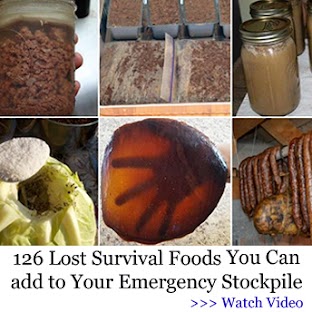
I’ve drank stuff that would make most people puke, but when you’re in the wild you do what you have to.
Dark, muddy, stale tasting water is still water, just make sure you heat it in a pot with a lid until it starts to bubble. This should kill any bacteria or other baddies in your water source.
Sometimes a bit of green alge will start to grow in bottled water. Most people are grossed out by the stuff but it doesn’t bother me one bit. I consider it free protein. I’m no doctor and I can’t tell you if it’s bad for you or not, but I’m not dead yet either.
Remember to rotating the water in storage tanks every year. If it’s coming right out of the tap then appreciate it while you can and keep your preps fresh.
If you prefer to store your own water, don’t use milk cartons, they split easy, degrade in the sun, and the caps are almost useless for long term storage.
Bleach bottles are recommended by others, but I’ve never used this method and the bleach manufacturers don’t recommend it at all. I stick with PETE bottles myself, but even these leak chemicals in your water over several years (much faster if they get hot).
Stainless steel is the best way to store any non-acidic liquid but it is very costly to store large amounts.
If you have a spare refrigerator in the basement or the garage, use PETE water bottles (the kind soda or liters of water come in) to fill any available freezer space.
In addition to providing you with fresh, easily transportable drinking water, the ice can be used to cool food in the refrigerator in the event of a power failure. I’ve found that these bottles, which are clear and have screw-on caps like soda bottles, will withstand many freeze-thaw cycles without bursting or leaking. (The bottom may distort or pop out when frozen, but this isn’t a big problem.)
For self-storage of large amounts of water, you’re better off with containers of at least 5 gallons. Food-grade plastic storage containers are available commercially in sizes from five gallons to 250 or more. Containers with handles and spouts are usually five to seven gallons, which will weigh between 40 and 56 pounds. Get too far beyond that and you’ll have great difficulty moving a full tank.
15 gallon, 30 gallon and 55 gallon containers used for food service — such as delivery of syrups to soda bottlers and other manufacturers — are often available on craigslist and ebay.
After proper cleaning, these are ideal for water storage — as long as a tight seal can be maintained. Make sure you have a good pump on hand for the 55 gallon drums and larger tanks.
For even greater storage capacity you can buy potable water tanks from 500 gallons to 15,000 gallons. These go for about $.50 a gallon on ebay + freight.
I treat the water weekly with 1″ chlorine tabs and I keep the pumps running until it freezes in the winter. Obviously these pools are not rated for drinking water but they are fish safe. In fact they are used to raise fish in, especially in the Koi community. Fish are much more sensitive to chemicals in water than we are so it’s enough for me to trust it in a short-term emergency situation.
Solutions designed to be added to water to prepare it for long-term storage are commercially available. Tincture of Iodine 2% can be added to water at a rate of 5 drops per quart. Let it sit for about 30 minutes, shaking it every now and then. Remember that you should not use iodine if you have any thyroid problems.
Bleach can also be used to treat tap water from municipal sources. Add two to four drops per quart. Give it a shake and let it sit for about thirty minutes. After waiting, dribble a bit of disinfected water on the threads and smell the water. Your water SHOULD smell like chlorine, if not you should add one to two more drops of bleach until you can smell it.
Once you’re in a survival situation where there is a limited amount of water, conservation is an important consideration. While drinking water is critical, water is also necessary for rehydrating and cooking dried foods. Water from boiling pasta, cooking vegetables and similar sources can and should be retained and drunk, after it has cooled. Canned vegetables also contain liquid that can be consumed.
To preserve water, save water from washing your hands, clothes and dishes to flush toilets or water the garden.



